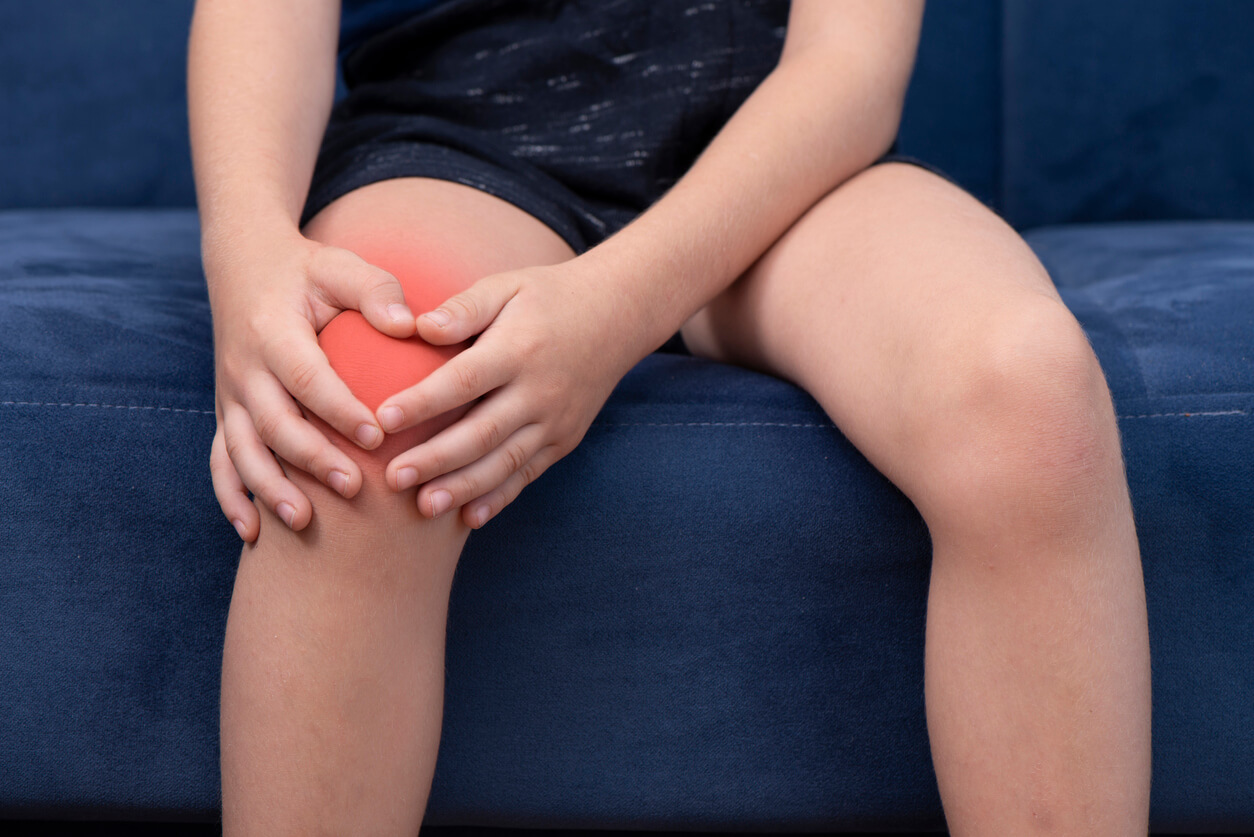If your child is a young adolescent and is having major trouble with her/his knees, it is possible that the cause is the fairly common problem with the uncommon name: Osgood-Schlatter disease. It is estimated that as many as 20 percent of teenage athletes suffer from this condition which results from repeated exercise during a period when the bones are still growing. Until recent years, the condition was more common in boys, but as more girls have been allowed and encouraged to become athletes, the gender gap has narrowed.
If you suspect your child is affected by this disorder, you should make an appointment with a doctor who is a highly trained diagnostician and a specialist in pain management. An excellent place to contact is Long Island Spine Rehabilitation Medicine where our physiatrists focus on nonsurgical therapies. We have several offices right here on Long Island.
Risk factors for Osgood-Schlatter Disease
This disorder occurs during the growth spurt children undergo at puberty. Because this transition happens earlier for girls than boys, the disease is typically diagnosed in girls ages 10 to 13 and boys ages 12 to 14.
The main risk factor for Osgood-Schlatter disease is active participation in sports involving running, jumping, and rapid changes in direction, such as
- Soccer
- Basketball
- Figure-skating
- Gymnastics
- Volleyball
- Ballet
In many cases, the children who develop this problem have tight quadriceps and hamstrings, (muscles at the front and the back of the thigh, respectively) from overuse. This lack of flexibility increases the pull on the kneecap tendon at the growth plate, resulting in the painful bump just below the knee.
Symptoms of Osgood-Schlatter Disease
In some cases, both knees are symptomatic, although one knee may be worse than the other. In addition to the characteristic bump below the knee, the symptoms of Osgood-Schlatter disease you may observe in your child include:
- Pain and tenderness below the knee
- Tight muscles in the front or back of the thigh
- Swelling around the knee
- Limping, particularly after sports activity
Typically, the condition occurs in only one knee, but it can affect both. The pain usually persists for weeks or months and may recur until the child’s growth period is over. While some version of the knee bump may remain later in life, it usually doesn’t interfere with knee function. Complications of Osgood-Schlatter disease are uncommon and, fortunately, the pain it causes can be successfully treated by skilled pain management and rehabilitation.
Diagnosis of Osgood-Schlatter Disease
Although Osgood-Schlatter usually results in a clear-cut diagnosis, as worthy diagnosticians we always take a full medical history, realizing that a previous accident or an underlying condition must be considered when diagnosing a new set of symptoms. Our doctors always examine your child’s knee carefully and may ask your child to jump, kneel, walk or run to see precisely which motions activate his/her pain. We also take steps to rule out other medical reasons for your child’s discomfort through the use of X-rays, other imaging tests (e.g. MRI or bone scans, ultrasound), or blood tests.
Treatment for Osgood-Schlatter Disease
Since your child is a minor, we will take your view of the situation and your time schedule, into account as well as your child’s needs and preferences. We understand that the more cooperation we have from the young patient, the more helpful our therapies are likely to be. In customizing our treatment, we will consider your child’s
- Age and stage of growth
- Overall health status
- Any underlying conditions (including psychological ones)
- Extent of the disease in this case
- Tolerance for medications and therapies
Our treatment options include:
- RICE which stands for: rest, ice, compression, and elevation
- Over-the-counter pain medications
- Elastic wrap or knee sleeve to brace the area
- Customized physical therapy to stretch and strengthen affected muscles
- Acupuncture
- Customized physical therapy to stabilize and strengthen joints and/or muscles
- Ultrasound-guided injections of corticosteroid and analgesics
- PRP (platelet-rich plasma) therapy
- PEMF (pulsed electromagnetic field) therapy
In our efforts to treat your child effectively, we may use any of several treatments available to relieve your child’s pain and inflammation. For most young patients (and their parents), the hardest part of the treatment is refraining from certain activities during recovery. Don’t worry, though, our goal, like yours, is to get your child back in the game as quickly as possible.
